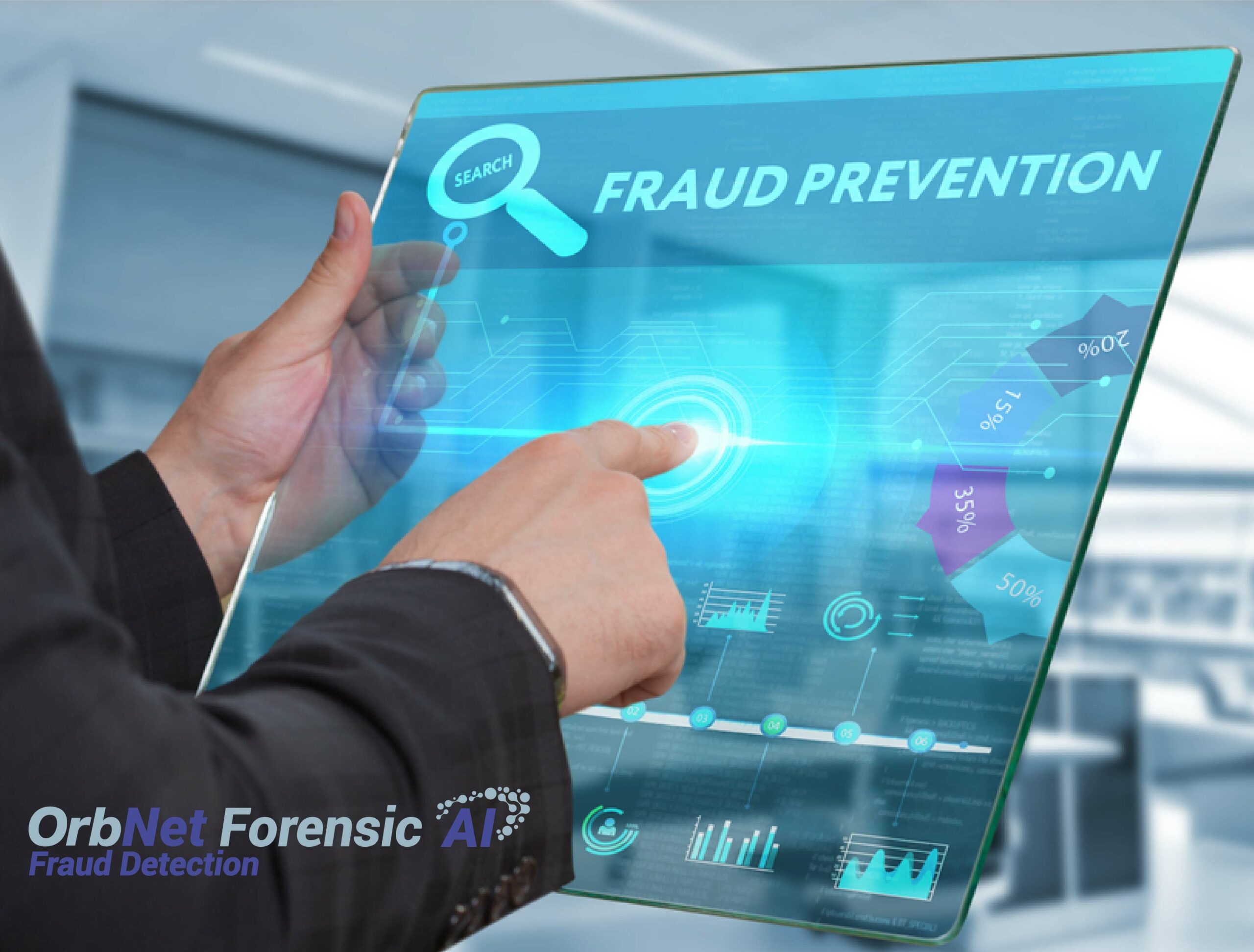BAI Podcast: “Check Fraud is Back, and It’s Back with a Vengeance”
- Fraud continues to rise
- AI is a tremendous tool, but not a "silver bullet"
- The "character" of a specific institution may determine if they can transition quickly
The latest BAI podcast features Greg Kanevski of ServiceNow discussing the impact of rising fraud on financial institutions and steps they can take to better shield themselves and their customers from fraudster activity.
A few takeaways from the conversation:
- What’s old is new again with fraud tactics and the impact hits banks of all sizes – not only do financial institutions have to battle newer forms like "friendly fraud" and other various types of online fraud, but check fraud is also back with a vengeance. And smaller banks as well as credit unions are being targeted in the same way as larger and medium-sized institutions, which means all financial institutions need to be on high alert for fraud attacks.
- As financial institutions continue the cat and mouse game with tactics to combat fraud, AI has arisen as a new option to integrate into existing systems. While there can be a significant upside to this, including but not limited to gaining insights into predictability and fraud patterns, bank and credit union leaders must also consider the potential issues with implementing too quickly. AI is only as good as the information is built upon, so it’s important to ensure the strength of the underlying processes, data, and workflows.
- Looking ahead, for many financial institutions, they are examining how to bring together and consolidate platforms and processes in order to provide the best possible, and consistent, customer experience. This can also provide them with the opportunity to have better visibility into timelines for regulatory inquiries and provide scalability for the organization.
"Check Fraud is Back, and It's Back with a Vengeance" -- Is AI the Solution?
When asked about the reported resurgence in check fraud and if that aligned with what he'd been observing, Mr. Kanevski points out statistics from the FED and SARs reports over the past few years, along with data from the ABA Journal:
Absolutely. Check fraud is back, and it’s back with a vengeance. Just looking at the Fed statistics, and if we just take from Richmond itself, just one of the Fed banks itself, increase in filings of suspicious activity report for SARs went from 250,000 in 2021 to 460,000 in 2022. That’s 84%.
And, if you look at the ABA Journal, they talked about 23% in ’21, but nearly doubling in 2022, showing that that statistic is not just based on one regional Fed area -- it’s a nationwide issue. And it’s on the volume of SARs. Nearly 700,000 last year were submitted based on just check fraud. And being in the industry well over 30 years, check fraud was one of the biggest items when I first joined. Obviously saw a dip, but with so much focus on online, it’s making a comeback.
So, is AI the solution? Mr. Kanevski noted that "AI is a very, very powerful tool, but it has to be applied at the right time and under the right process and under the right conditions." Proper integration and deployment of AI is crucial to seeing the sorts of results promised by the tech.
This is true when it comes to check fraud detection. Fraudsters are taking advantage of legacy systems that cannot properly detect counterfeits, forgeries, and alterations through transactional data or older OCR systems. However, new image forensic AI leveraged by artificial intelligence and machine learning technologies have the ability to analyze the images of checks for key indicators of fraud utilizing Check Stock Validation (CSV-AI), Automated Signature Verification (ASV-AI), Writer Verification (WV-AI), and Alteration Detection (check style comparison and amount discrepancy).

The Role of Financial Institutions
Mr. Kanevski notes that not all FIs are able to -- or predisposed to -- transition quickly.
Frankly, it depends on the institution. Some institutions are very progressive. Some of them are obviously extremely conservative. But most have made their way into this path. At this point, they have a public and a private cloud. Most of them balance it and are trying to, to use that word again, strike the balance of benefit without increasing their risk to an uncomfortable or unacceptable level. But it really is based on the institutions.

However, many FIs are seeing the substantial benefits after updating from their legacy fraud systems and prioritizing the move to the latest innovations. Those FIs that continue to be "conservative" are the ones that will continue to feel the most losses.